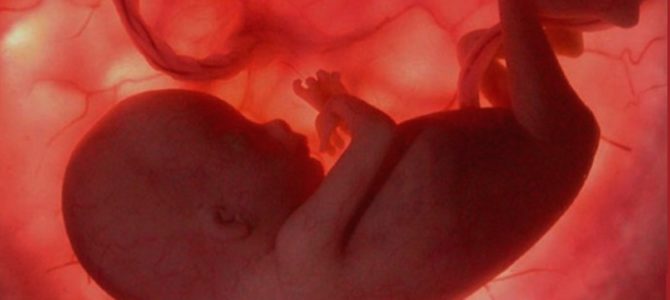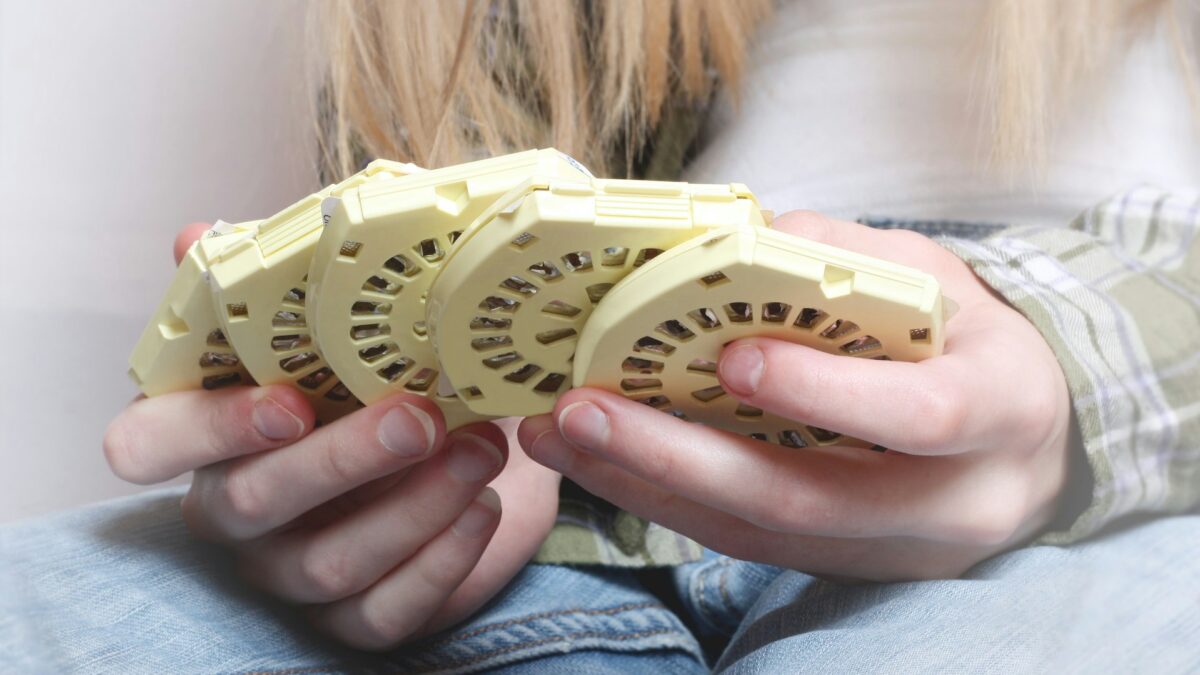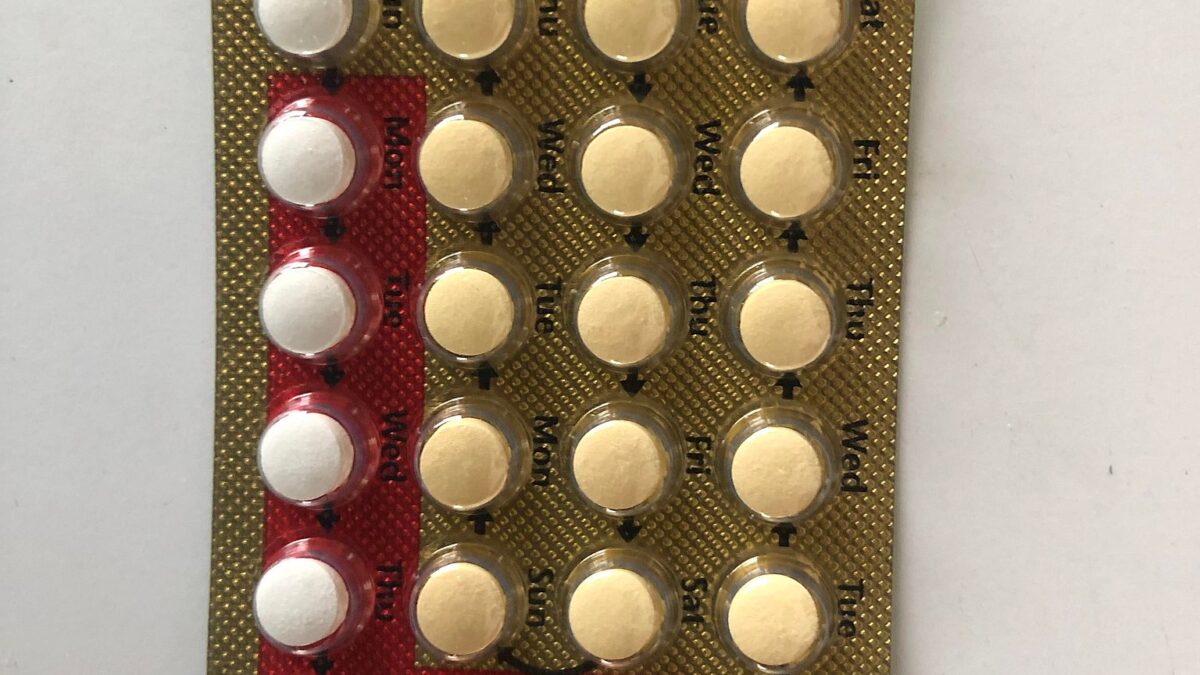
When a Chinese scientist recently claimed to have altered the genetic makeup of two separate embryos and implanted them in a woman, resulting in the birth of twin girls, the objections from the international scientific community were swift and powerful.
National Institutes of Health Director Dr. Francis S. Collins condemned the act in a statement. “This work represents a deeply disturbing willingness by Dr. He Jiankui and his team to flout international ethical norms,” he said. “Lest there be any doubt, and as we have stated previously, NIH does not support the use of gene-editing technologies in human embryos.”
Scientific ethics have long forbidden the editing out of so-called “undesirable” parts of a person’s genetic code. To his credit, Collins boldly reinforced the opinion that Jiankui not only crossed a line, but also recklessly jeopardized the mother and two babies’ health and safety. This was the swift reaction among many experts to Jiankui’s unethical research and methods.
“Any physician who supports or participates in genetically modifying a human embryo for the purpose of experimentally creating a genetically modified human being is in gross violation of the Hippocratic Oath to do no harm,” notoriously left Dr. Eugene Gu tweeted. “I think it’s time we updated the Universal Declaration of Human Rights and the Geneva Conventions to prohibit the creation of genetically modified human beings.”
Furthermore, Jiankui is being accused of misleading involved medical staff and test subjects about the nature of his research, floating it as every-day invitro fertilization work rather than the gene-editing operation it was.
“Science is open, science is collaborative and communicative,” MIT Professor Dr. Feng Zhang told the The New York Times. He pioneered the gene-editing technology Jiankiu used. “What he has done was not transparent. It was against the community’s consent and it does not represent science.”
Collins echoed Feng’s sentiment: “The project was largely carried out in secret, the medical necessity for inactivation of CCR5 in these infants is utterly unconvincing, the informed consent process appears highly questionable, and the possibility of damaging off-target effects has not been satisfactorily explored.”
It’s commendable that people like Drs. Collins, Zhang, and Gu possess the wisdom and the leadership to denounce Jiankiu’s research. But it’s puzzling to me why these experts don’t also stand up for the dignity of human life on other projects that wrongly cheapen and debase human life — projects that are actually funded by U.S. taxpayer dollars.
One such multimillion-dollar project is a $13.8 million NIH contract that requires University of California San Francisco researchers to obtain the remains of aborted baby body parts for experimentation in mice with vulnerable immune systems, as first reported by CNS News.
Our own government is creating demand for aborted baby parts on the American taxpayer’s dime and our own scientists are using those remains of unborn infants (aborted at the end of the second trimester) for use in scientific research. Yet where is the public outcry on this issue from experts like Collins, Gu and Zhang? Surely their denunciations should extend to projects like this one.
UCSF scientists’ solicitation for the NIH contract specifically defines the “fetal tissue” UCSF uses in its humanized-mice experiments as “tissue or cells obtained from a dead human fetus,” and deep in the pages of an NIH report on the efficacy of the UCSF humanized-mice experimentation is the disclosure the aborted baby parts in question are from unborn infants killed during elective abortion in the mother’s second trimester.
This revelation is enough to make anyone squeamish, as six months of gestation is beyond the point of fetal viability, the point at which an infant born prematurely can survive outside the womb. Even by the end of the fifth month of an unborn child’s life, incredible things are happening in the womb. A child at this point grows a protective silky smooth hair familiar to anyone who has ever held a newborn, and for months he or she has had a heart that beats as strongly as yours or mine.
It is simply beyond the pale that leaders in the U.S. scientific community would erupt with righteous indignation over gene editing on babies, but remain silent as the grave about creating a demand among scientists for aborted baby parts. It is unconscionable, and Collins should move as swiftly with his condemnation of the use of aborted baby parts as he did his condemnation of gene-editing human embryos.









